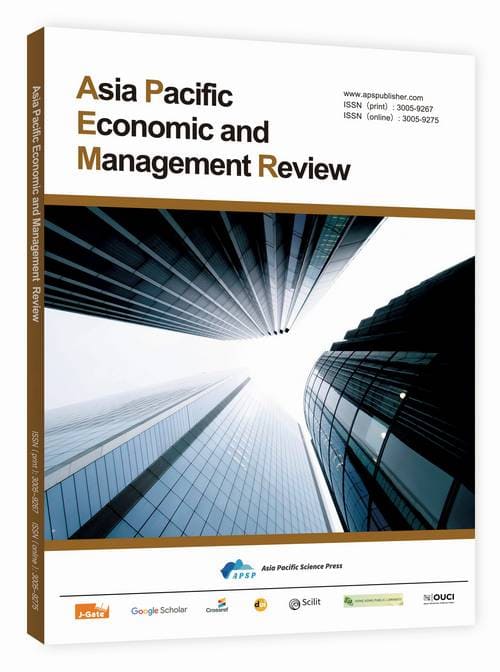Analysis on the Impact of Digital Finance on Carbon Emissions under the Background of “Double Carbon”
DOI:
https://doi.org/10.62177/apemr.v2i5.626Keywords:
“Double Carbon” Target, Digital Finance, Carbon Emissions, Carbon FinanceAbstract
Under the background of frequent global extreme climate problems, achieving the goal of peak carbon dioxide emissions and carbon neutrality has become the main policy to promote the process of carbon emission reduction. At the same time, as a new financial form, digital finance has gradually increased its impact on carbon emissions. Through in-depth analysis of the multiple influence mechanisms between digital finance and carbon emissions, this paper discusses the direct and indirect roles of digital finance in promoting the development of low-carbon economy. However, digital finance also faces many challenges in the process of carbon emission application, such as the lagging digital system of carbon finance market, insufficient innovation of digital products of carbon finance, and insufficient understanding and participation of all parties. Therefore, in order to give full play to the positive role of digital finance in reducing carbon emissions, it is necessary to strengthen the construction of digital system of carbon finance market, speed up the design of digital products of carbon finance and improve the understanding and participation of all parties. This paper has important theoretical and practical significance for understanding and using digital finance to promote the development of low-carbon economy.
Downloads
References
Liu, H. Y., Zheng, S., Sun, Y. J., et al. (2024). Supply-demand analysis and management suggestions of carbon sinks in ecosystem into the national greenhouse gas voluntary emission reduction mechanism. Environmental Protection, 52(06), 38–42.
Feng, Z. Y., Song, D. L., & Xie, W. S. (2023). Digital economy helps realize the goal of "double carbon": Basic approach, internal mechanism and action strategy. Journal of Beijing Normal University (Social Science Edition), (01), 52–61.
Feng, S. L., Xu, D. H., & Zhang, R. (2023). How can the development of digital finance enable carbon dioxide emission reduction?—Empirical evidence from prefecture-level cities. Contemporary Economic Science, 45(04), 15–28.
Wu, H. J. (2024). Analysis on the green and low-carbon transformation path of digital technology empowering traditional industries. Digital Communication World, (02), 164–166.
Yang, T. S., & Wang, D. (2023). Analysis of the communication path of China's green consumption concept in the new media era. Journalist, (11), 101–103.
Lv, H. Y., Ma, C. A., Tang, T., et al. (2024). Fiscal and tax incentive policy, green technology innovation and carbon intensity of industrial enterprises. Statistics and Information Forum, 39(05), 59–72.
Downloads
How to Cite
Issue
Section
License
Copyright (c) 2025 Rong Liang

This work is licensed under a Creative Commons Attribution-NonCommercial 4.0 International License.

















